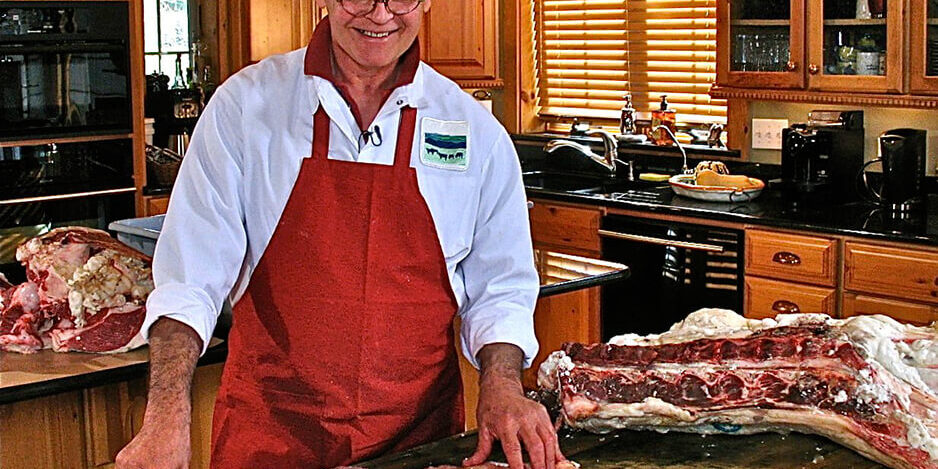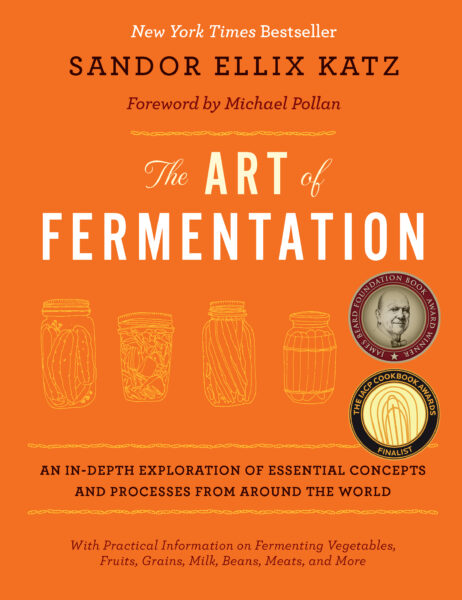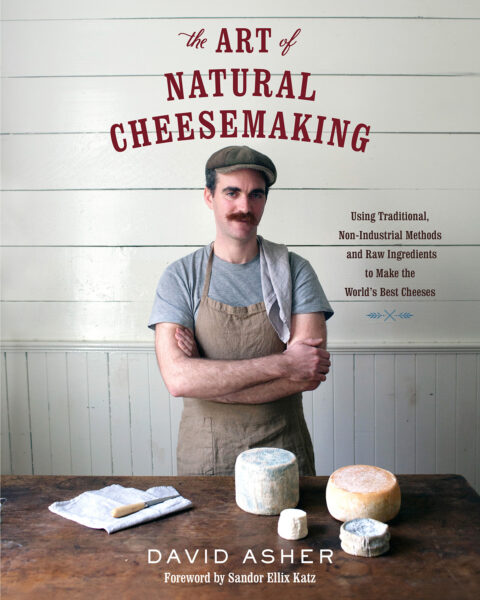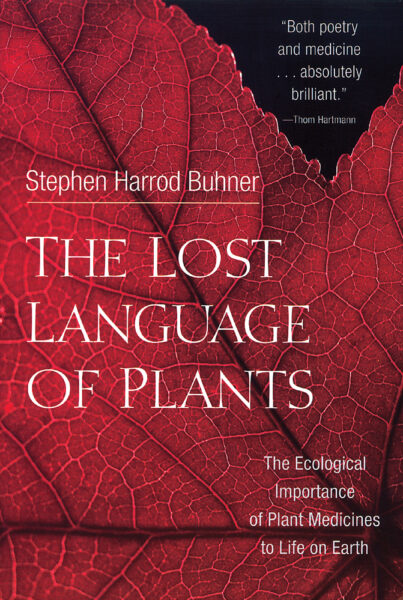Butchery: Reclaiming the Lost Culinary Art

Do you know a butcher? Chances are, the answer is “no.”
True butchery has become a lost art, and many people have no idea how an animal gets from the pasture to their plate.
In The Gourmet Butcher’s Guide to Meat, master butcher Cole Ward aims to revive this traditional culinary art that is an often overlooked, but vitally important, aspect of the farm-to-table movement.
“A good butcher is an ethical professional who knows the provenance of his or her meats,” Ward writes in the book’s introduction. “I want to give everyone an understanding and appreciation of my craft and its culinary artists, and I want to celebrate and support our struggling small farmers and quality-meat producers. So my mission is nothing less than to bring back culinary butchery—a craft that we must never lose.”
Throughout the book, Ward debunks ten common myths about meat:
- All butchers and meat-cutters are the same.
- Eating meat has nothing to do with being human.
- The more you pay for a cut of meat, the better it will be.
- Farmers are not very sophisticated (they live in the country, after all).
- Meat just happens.
- If it’s in your supermarket, you can trust it.
- Cattle can’t digest grain.
- Pigs are dirty.
- Sheep are stupid.
- Chickens are dumb.
More importantly than busting these common myths, Ward teaches readers how they can butcher an entire animal—a skill that has been lost on many homesteaders and culinary enthusiasts. His book includes an 800-slide CD that provides step-by-step images illustrating how to cut up a side of beef or pork, and a whole lamb or chicken.
The Gourmet Butcher’s Guide to Meat slideshow by Chelsea Green Publishing
Written with Ward’s trademark humor and insight, The Gourmet Butcher’s Guide to Meat is the ultimate guide to traditional butchery. It includes recipes, a detailed glossary, and information on:
• The real definition, work, and role of a culinary butcher;
• The roots of butchery from prehistory to modern times;
• What goes on behind the scenes at meat markets large and small;
• The truth behind meat-marketing claims of “organic,” “natural,” “free-range,” “grass-fed,” and “pasture-raised”; and,
• Processing your own meat, including what you’ll need in terms of tools, safety training, and preparation.
After reading Ward’s book you’ll not only be able to ask your local butcher key questions to determine the provenance of what’s going on your plate, but what to look for in a cut of meat, and tips on how to start cutting up meat at home for your family.
So, get those knives sharpened up – and get cutting.
The Gourmet Butcher’s Guide to Meat (with CD): How to Source it Ethically, Cut it Professionally, and Prepare it Properly is available now and on sale for 25% off until Feb. 15. Read an excerpt below.
Recent Articles
Want to see your crops thrive this upcoming growing season? The key is in soil fertility and health. Spend time maintaining your soil’s health to guarantee bigger and better crops come harvest time! The following is an excerpt from No-Till Intensive Vegetable Culture by Bryan O’Hara. It has been adapted for the web. What Is Soil Fertility?…
Read MoreIntroducing…your new favorite brunch dish! This whole broccoli frittata is packed with fresh, wildcrafted flavors that are bound to help you start your day off on the right foot. The following is an excerpt from The Forager Chef’s Book of Flora by Alan Bergo. It has been adapted for the web. RECIPE: Whole Broccoli Frittata…
Read MoreMany know the effects of catnip on our feline friends, but few realize that catnip has medicinal effects for humans. From stomach aches to reducing fevers, catnip is a versatile herb with many benefits. The next time you grow this plant for your cat you may end up taking a few cuttings for yourself! The…
Read MoreIt’s time to take control of your seeds and become a plant breeder! Saving your seed allows you to grow and best traditional & regional varieties, and develop more of your own. The following excerpt is from Breed Your Own Vegetable Varieties by Carol Deppe. It has been adapted for the web. Becoming A Plant…
Read MoreWondering where to forage for greens this spring? Look no further than hedges, which serve as natural havens for wild greens and herbs! The following is an excerpt from Hedgelands by Christopher Hart. It has been adapted for the web. Food from Hedges: Salads and Greens Let’s start by looking at all the wild foods…
Read More








